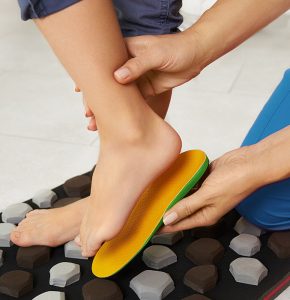
When choosing the size of insoles, it’s important to consider both the size of your shoes and your specific comfort needs. Here are some steps you can follow to help you choose the right size:
1. Determine your shoe size
Start by knowing the size of your shoes. This is usually indicated by a numerical value (e.g., US shoe size 7) or a combination of numbers and letters (e.g., EU shoe size 39). Make sure you know your current shoe size accurately.
2. Check the insole sizing options
Insoles usually come in standard sizes that correspond to shoe sizes. They are often labeled with a range of shoe sizes they are designed to fit. Look for insoles that match your shoe size or fall within the appropriate range.
3. Consider the type of footwear
Different types of footwear may require different insole sizes. For example, if you’re buying insoles for athletic shoes, you might need a different size compared to dress shoes or boots. Some insoles are designed to be trimmed to fit specific shoe sizes or styles, so keep that in mind as well.
4. Try them on
If possible, try on the insoles before purchasing them. Place the insoles inside your shoes and wear them to see how they feel. Pay attention to the length and width of the insoles. They should fit comfortably without bunching up or curling at the edges. If the insoles are too small, they may not provide adequate support, and if they’re too large, they may cause discomfort.
5. Consider your specific needs
In addition to size, consider your specific foot conditions or requirements. If you have high arches, you might prefer insoles with arch support. If you have foot pain or other issues, consult with a podiatrist or healthcare professional who can provide guidance on selecting the right type and size of insoles for your needs.
Remember that insoles are available in different thicknesses as well. Thicker insoles can take up more space inside your shoes, so be mindful of any potential fit issues when choosing the thickness.
If you’re unsure about the right size or type of insoles for your needs, it’s always a good idea to consult with a healthcare professional or footwear specialist who can provide personalized recommendations based on your foot structure and requirements.
